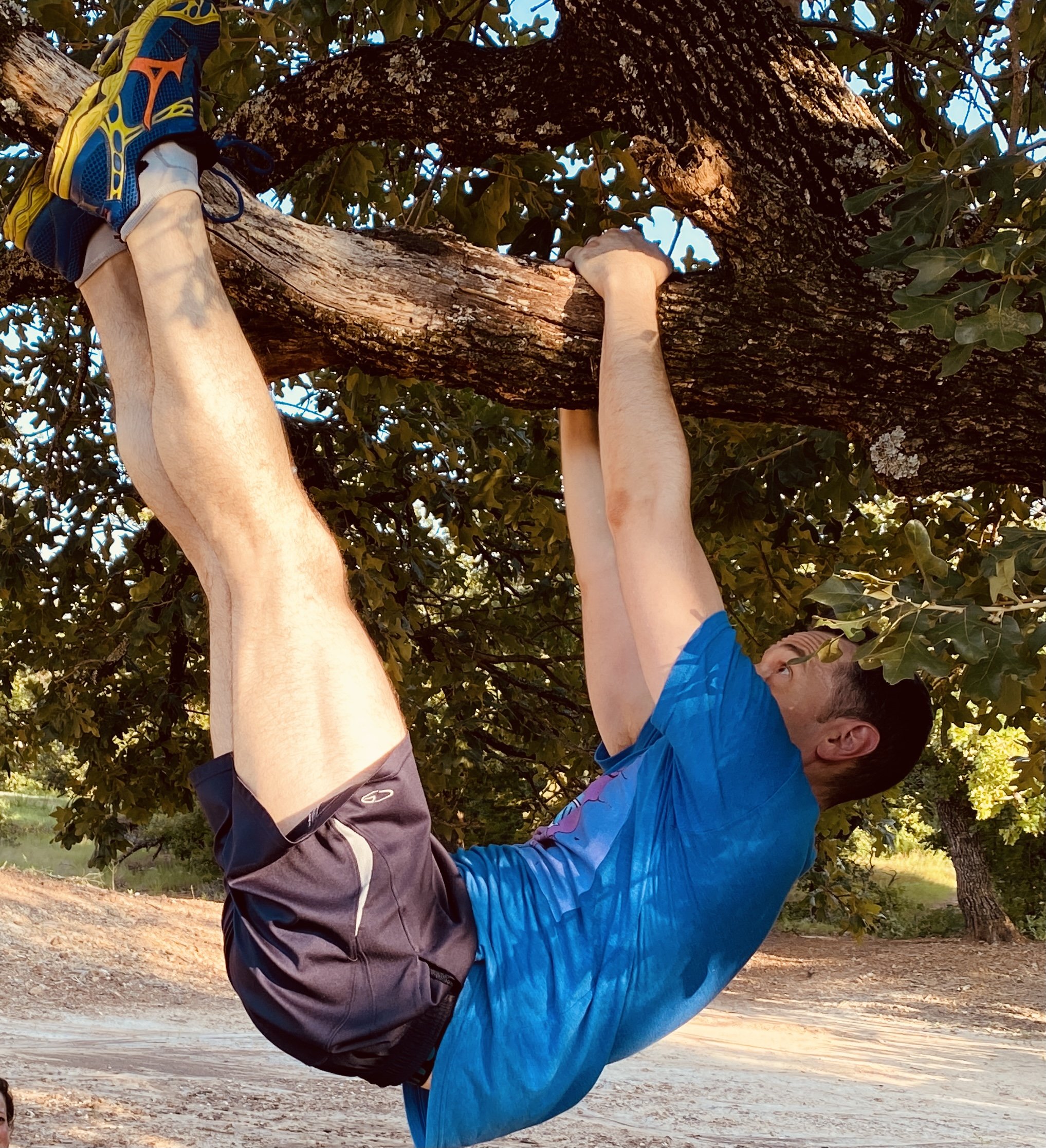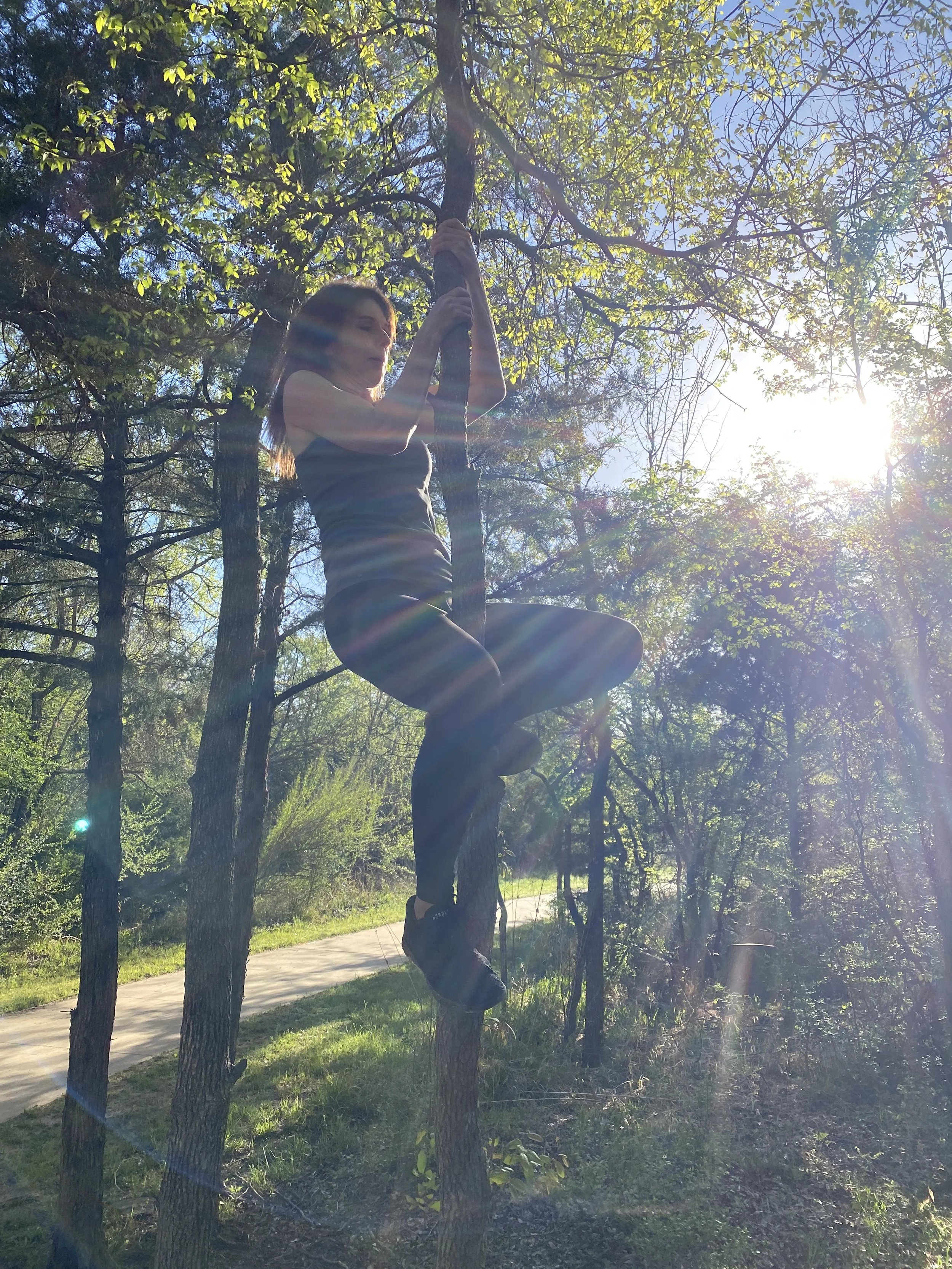What we do
At Structural Elements we do Structural Integration and we teach movement.
Structural Integration is a type of hands on person-centered manual therapy aimed at helping you find alignment in space.
Through the application of Structural Integration and movement education we help people get out of pain, get aligned, get pliable and grow their awareness.
We also train professional bodyworkers and movement teachers.
Read about our process:
The First Step
We meet you where you are WITHOUT JUDGEMENT OR EMPTY PRAISE
We work with you without judging where you are or dictating where you "should" be with your movement, alignment, “fitness” or nutrition.
Rumi said, "out beyond ideas of wrongdoing and rightdoing there is a field, I will meet you there." As Structural Integrators and movement teachers we work with people in every state of “health.” We begin our work with you by meeting you wherever you are. We are not interested in ideas about "right" movement or body shape. We see this sort of right/wrong judgment as an impediment to good integrative work.
"out beyond ideas of wrongdoing and rightdoing there is a field, I - will meet you there."
Rumi
The Next Step
We look, with you, in the mirror to discover WHAT'S REALLY GOING ON
Some patterns are inimical to your movement or performance. When you become aware of what is really going on in your body then you are more open to change. Another result of this kind of discovery is increased awareness of your abilities. As we work and look, work some more and look some more… you may see some of your perceived limitations melt away.
When you struggle with pain or restriction; when you are interested in finding more power or flexibility, our job is to look with you at what's really going on in your body. We shine the light of awareness on patterns in your tissue that are affecting the way you move. Some of your existing patterns are assets. Some are no longer serving you and will benefit from change.
Looking at shape and structural behavior is an essential part of our work at every level.
The Manual Work
We focus on behavioral RELATIONSHIPS
In Structural Integration sessions we practice non-judgement and we focus on relationships.
We look for relationships in your structure. We are much less interested in cause and effect.
We often begin our work with a client by starting with a Structural Integration session. This is manual one-on-one work done with a practitioner in a private therapy room.
Starting with manual work allows us to assess where you are: what are your resources; what’s holding you back? After one, several or a series of Structural Integration sessions we may transition into movement teaching sessions (more about this below).
We believe judgement blights curiosity. Why is that important to us? As practitioners we want to stay curious about what we see and feel in your structure. If we become dogmatic, we stop discovering and begin to over-focus. Our search is about discovery and relationships. We don't make assumptions about cause. When a manual practitioner focuses on cause and effect their viewpoint hastily narrows. This could lead to ineffective or even harmful bodywork.
As a practical example, let's imagine a very typical scenario: You come to us with a very sharp and irritating pain around the superior angle of the right Scapula (the top part of your shoulder blade you can feel by reaching over your right shoulder with your left hand). If we focus on cause and effect we could assume that some tissue is overstretched and that we need balance it by "opening your chest."
This might work. But if we haven’t looked at the alliance between your shoulder blade, rib cage and arm, we could miss a relationship that needs our attention.
Perhaps, your right Serratus Anterior (a muscle on the side of your rib cage and in your “arm-pit”) is shortened and pulling your shoulder blade forward. If this is the case and we focus too much on the "cause" we see in the chest, we could create more imbalances and more discomfort at, near or distantly related to the painful site.
Can you see our point? We need to stay curious about relationships. You will find that we talk a lot about what we call "structural behavior;" what we see and feel going on in your connective tissue and skeleton. A discussion about behavior seems more helpful to us than making assumptions or judgements about cause.
The overall goal in Structural Integration is to help you find alignment in space
Better alignment can help you resolve pain and find more energy
Moving Forward
We connect you with your “MOVEMENT why”
We use many movement teaching modalities. The primary modality we employ is called “Natural Movement Training.”
Through movement education we help you remember how to play.
“Movement is a nutrient.”
- Katy Bowman
Movement is full of variety.
“Movement is life”
- Moshe Feldenkrais
Movement is a language
“Movement is the biggest healer out there”.
-Ido Portal
Movement is full of play






Through movement we teach you
To connect with yourself, to heal, to find more pliability and energy, to move beyond your perceived limits
Structural Integration |Movement
Come heal and grow.
Request more information or set up a consultation by filling out the form below.
You can also reach us by:
Phone: 972.76.1345
Email: structuralelements@gmail.com







